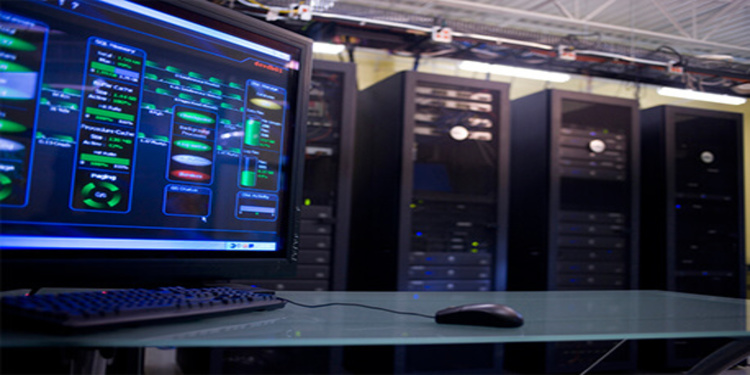Data Center Cooling Solutions: Best Practices for Cooling and IT Uptime
We’ve talked before about how important computer room air conditioning (CRAC) is to keeping business equipment functioning properly. Magnify that many times over, and you can see how critical data center cooling is to the uptime of a larger IT system — the very thing that keeps a business up and running.

